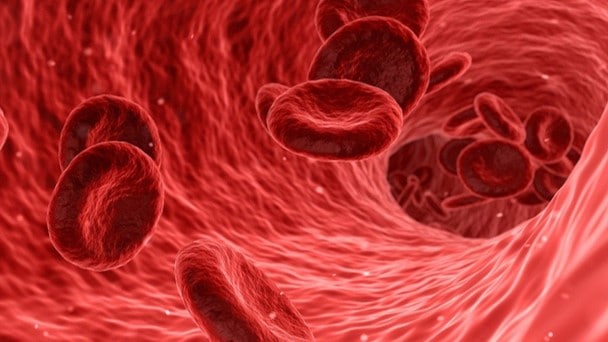Sensing
Electroacoustic sensors based on FBARs
Photonics systems, including photonics integrated circuits, for gas and biosensing
· Chemical sensors: FBARs are used as highly sensitive detectors (in the fg range) of
particles and gases in air, more specifically detecting the established gases
for Indoor Air Quality (IAQ), which include CO2, formaldehyde or different
Volatile Organic Compounds (VOCs). Additionally, with specific designs, FBARs
are also employed as sensors at very high temperatures (up to 450-500°C) or
very low one (down to -50°C). This is interesting for the industrial and
aerospace fields.
·
Growth and integration of functional
materials: to provide the FBAR sensors with selectivity between
different gases or different bioparticles, they need to be
coated/functionalized with specific materials selective to the target gasses.
These selective materials include thin film materials, nanoparticles, graphene
or carbon nanotubes (CNTs), which can be directly grown as forests on top of
the FBAR sensors.
·
Biosensors: Shear mode FBARs are also used as sensors in biological fluids (urine,
saliva, blood, etc) targeting viruses or bacteria. For their application in
this field, they need specific growth conditions of the AlN piezoelectric
materials. As for their application as chemical sensor, they can selectively
detect different bioparticles with fg resolutions.
·
Exosomes filters and detectors: exosomes are extracellular vesicles, with dimensions ranging from 20
nm to 150 nm, that interchange relevant information between cells, like the
presence of a disease or its evolution. Nowadays the techniques used to isolate
them are inefficient as the smaller ones
are lost in large amounts. Since different exosomes can provide different information,
it is important to study all of them. By integrating CNT forests, or specific nanostructures,
on top of FBAR sensors, we could design dual devices that could filter and trap
the smallest exosomes while we can estimate the trapped amount with the gravimetric
ability of the sensors.
·
Distance and gas concentration sensors: Lidar (light detection and ranging) is the most common denomination for a high variety of instruments and technologies based on the detection of laser light after some type of interaction with matter in free space. At CEMDATIC, we are working on semiconductor laser technology and indium phosphide photonic integrated circuits systems in order to perform distance and gas concentration measurements, such as CO2. Differential absorption lidar, optical frequency combs or coherent lidar are among the different approaches that we are using.
·
Interferometric sensor: Microring resonator (MRR) and Mach-Zehnder interferometer (MZI) are the two most common configurations employed in waveguide-based sensors for optical signal read-out. MRR biochemical sensors have demonstrated high sensitivity detection of protein, DNA, virus, and bacteria. In order to perform wavelength scanning, a wavelength-tunable laser and an optical spectrum analyzer are required, and the detection limit of the MRR-based sensor is ultimately restricted by the resolutions of this expensive and complex external equipment. By contrast, the MZI read-out configuration is based on the detection of optical intensity and neither tunable laser nor spectrum analyzer are required. Therefore optical waveguide MZI as a sensing platform is more feasible for the miniaturization and integration of the whole sensing system.




